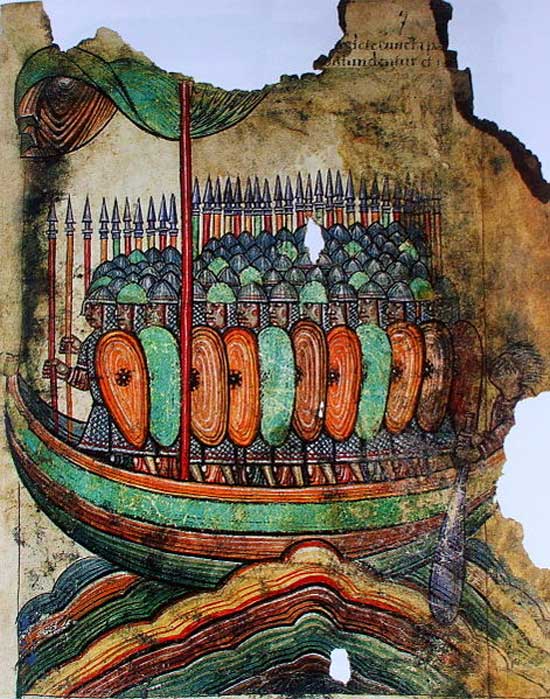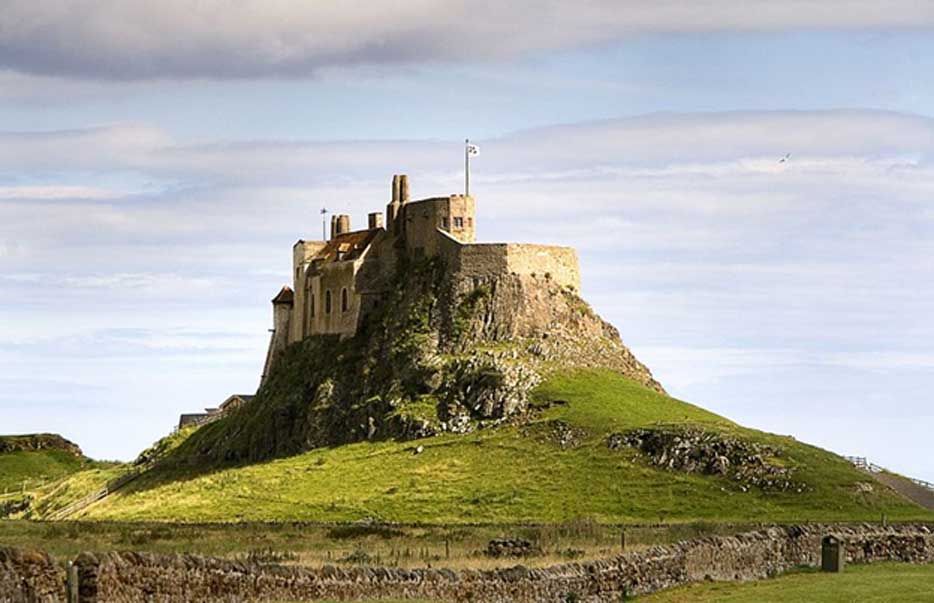
“Never Before Has Such a Terror Appeared”: Viking Raids into Ireland – Part I
Vikings struck terror into the hearts of many in Europeans—and their reputation still lingers today when you ask a person to describe them. The answers given are that they were violent, hairy brutes, blood thirsty, and a cool people. But who were the Vikings, and what were the causes of their raids across Northern Europe?
Event Horizon
We recognize now that ‘Viking’ was a word describing the piracy and raiding of Norse seafarers, and not all Norse were out to plunder –they were also farmers and craftsmen looking to build homes in new lands and trade for profit and livelihood. With the violent history of occupation and colonization, though, a reputation as the Norse as noble savages, pirates, and bloodthirsty killers developed, and the image of the Norse during the Viking Age came to be synonymous with killing, looting, and pillaging by horn-helmeted sea-borne invaders. As there was some truth to it, it is a reputation that has died hard.

Viking attack, 1100. (Public Domain)
The period of the Viking Ages in European History began in 793 AD. However, the first mentioning of the Norsemen was in 789:
In the year King Beorthtric took Eadburh, King Offa's daughter, to wife. And in his days first came three ships of Northmen from Haeretha land. And then reeve rode thereto, and would drive them to the king's vill, for he knew not what they were, and they there slew him. Those were the first ships of Danish men that sought the land of the English race.
On the surface, the chronicle treats their arrival as rather unfriendly, and suggests it was a raid. The reason for this interpretation was that they killed the reeve (district official) for questioning them in an aggressive way. The problem with interpreting this as a raid is that no person or reeve would have stopped to question a raiding party as to where these men came from! Rather, it seems plausible that Norsemen from Hordaland, Norway, arrived near Portland, UK, to take part in the lucrative trade between Portland and the lower reaches of the Rhine, which had connections to Hamwic in Wessex, London, Ipswich in East Anglia, and with the Quentovic emporium in Francia, besides other ports in the region.
- Ruthless Perception of Vikings Returns as Evidence of the Use of Slaves During the Viking Age Comes into Focus Yet Again
- Survey Shows About Half of Brits Wish They Were Descended from Vikings…and Many Probably Are!
- Norsemen transformed international culture, manufacturing, tech and trade during Viking Era
- Wealthy Vikings Wore Blue Linen Underwear
What may have gone wrong is a breakdown in communication and customs between the two peoples who were alien to one another. In other words, the reeve expected peaceful traders and tried to force them to the royal residency, and consequently, the Norsemen turned and killed the reeve and his men.
In the end, the Norsemen left, and the Anglo-Saxon chroniclers wrote down and propagandized the event during the late ninth century as if the Norsemen wanted to carve out a piece of land on English soil. While this event unlikely caused the subsequent wave of attacks to come, it is a clear example of how a new culture had arrived on the scene to take part in the profitable commercial trade going on in Northern Europe. The Vikings who arrived at or near Portland in 789 indicates that if one such group arrived, others were surely aware that commerce was passing them by every day and they wanted to get a cut of the action! Perhaps the Vikings of prominent status felt that they might have had little or nothing of value to trade and decided to take to the sea and risk dangerous raiding as their means of income.





